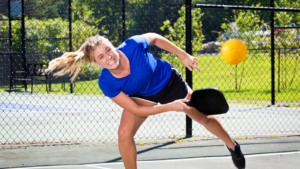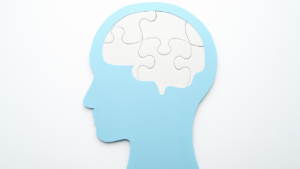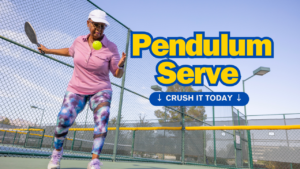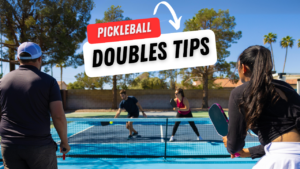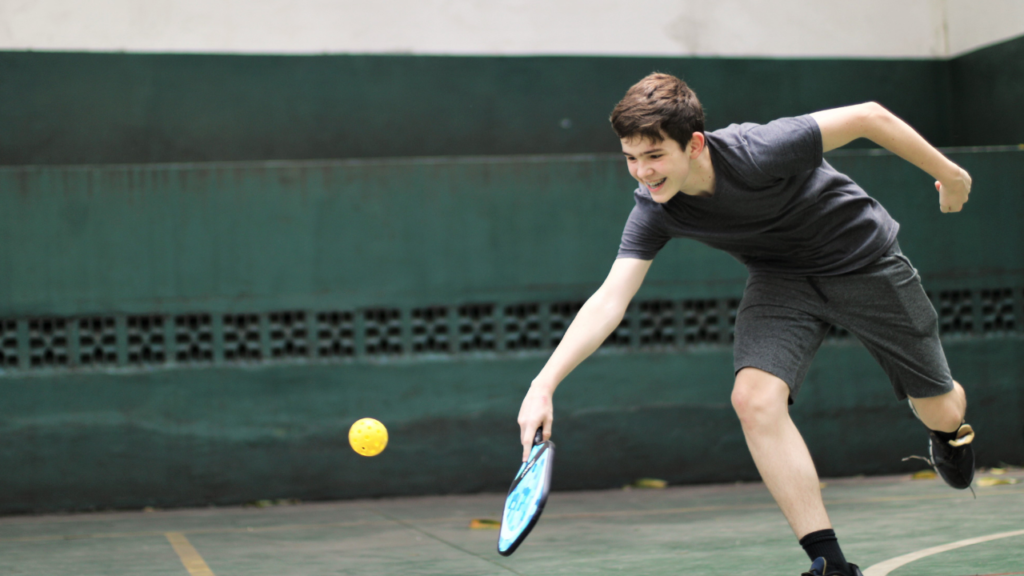
The pickleball third shot drop is a game-changer. It sets you apart from players who only rely on power. Mastering this shot can elevate your game and keep opponents guessing. Instead of smashing the ball, you gently drop it over the net into the volley zone. This strategy creates space and opens up the court for your next move. With practice, you’ll gain control and finesse, making you a more strategic player. Don’t just play hard; play smart. Embrace the third shot drop to enhance your skills and enjoy the game even more.
Table of Contents
Key Takeaways
- The third shot drop is a key move in pickleball that helps control the game and set up your next shot.
- Practice the third shot drop regularly to improve your accuracy and consistency during matches.
- Focus on soft touches and proper angles when executing the drop shot to keep the ball low over the net.
- Avoid common mistakes like hitting too hard or not following through, which can lead to errors.
- Learn when to use the drop shot versus the drive shot to make smarter decisions during play.
- Watching experienced players can provide valuable insights into executing the third shot drop effectively.
Importance of the Third Shot
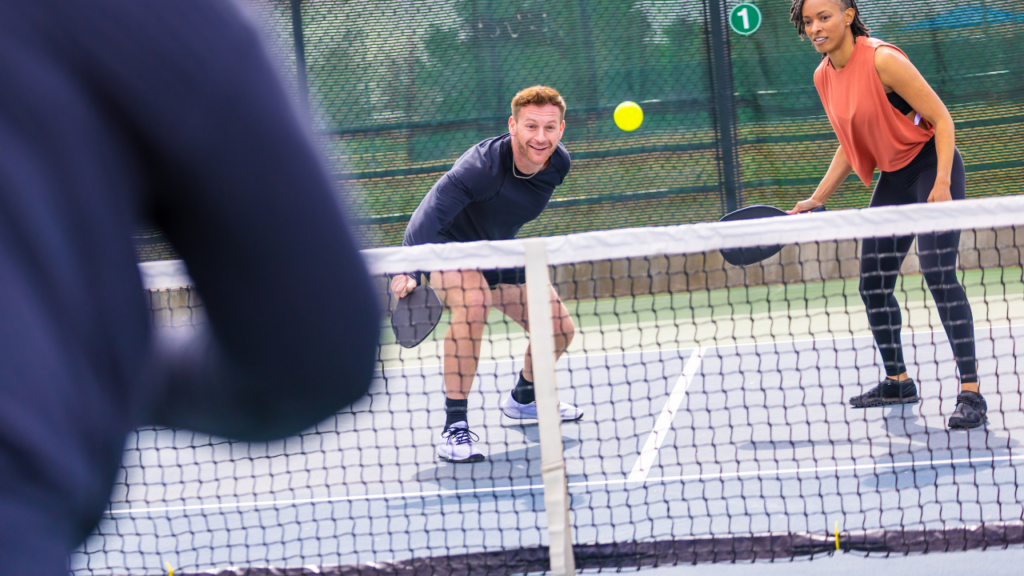
Setting the Tone
The third shot is crucial in pickleball. It helps set the tone for the entire rally. Players can control how the game unfolds by executing this shot well. A good third shot can force opponents to react defensively. This creates an opportunity for a more aggressive play.
Dictating Pace
A successful third shot can dictate the pace of the game. When players drop the ball gently over the net, they slow down their opponents. This gives them time to position themselves better on the court. If they hit it hard, it can keep their opponents on their toes. The choice of shot influences how both teams play.
Gaining Tactical Advantage
Executing an effective third shot provides a tactical advantage. It allows players to take control of the net. By placing the ball strategically, they can limit their opponent’s options. This forces opponents into difficult positions. They may struggle to return shots effectively.
Players should practice different types of third shots. Mastering these techniques leads to better performance in matches. Understanding when and how to use each type is key for success.
Definition and Significance
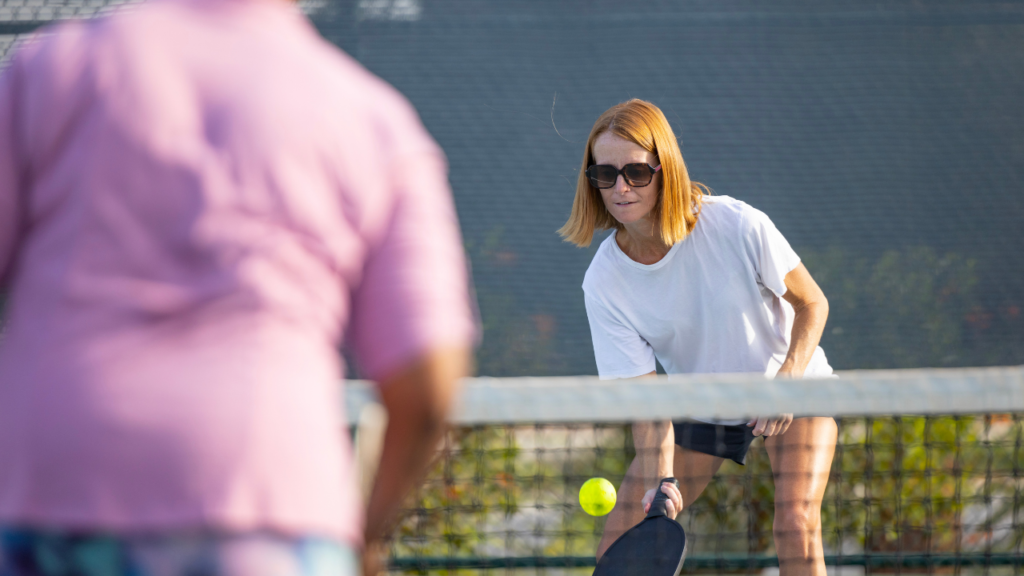
Technical Definition
The third shot drop is a key move in pickleball. It happens after the serve and return shots. Players aim to hit the ball softly over the net. The goal is to make it land in the opponent’s kitchen area. This shot must be controlled and precise. When done correctly, it helps players gain an advantage.
Gameplay Strategy
This shot plays a crucial role in gameplay strategy. It allows players to reset the point after a fast exchange. By dropping the ball, players can create space and time. They can then position themselves better for the next shot. A well-executed third shot drop keeps opponents on their toes. It forces them to play defensively, which can lead to mistakes.
Enhancing Performance
Mastering the third shot drop can significantly enhance overall performance. Players who practice this shot can improve their control and accuracy. This skill helps them dictate the pace of the game. As they become more confident, they can set up winning points more effectively. Strong execution of this shot leads to better positioning on the court.
Executing the Third Shot Drop
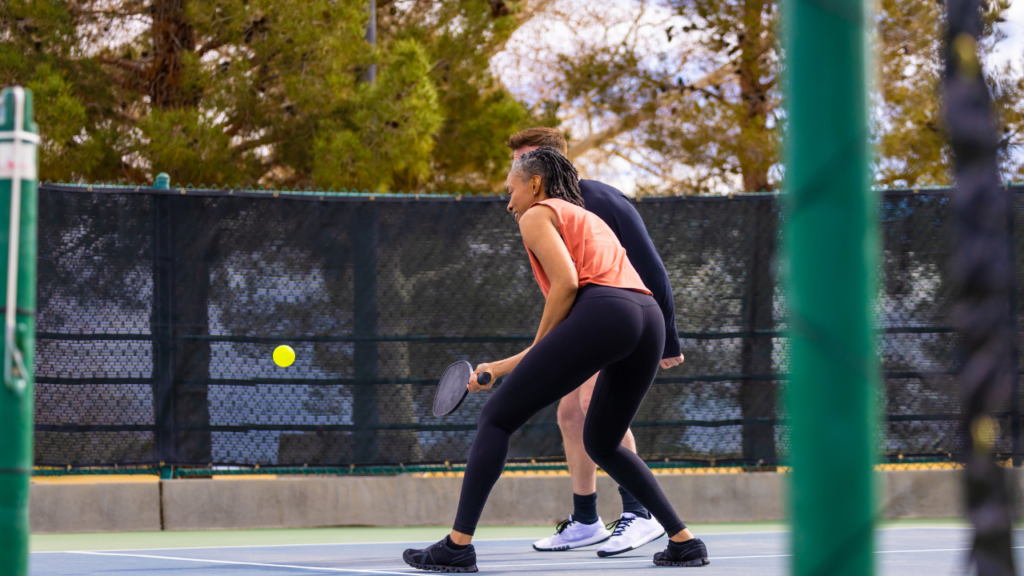
Key Steps
Start by positioning yourself correctly. Stand near the baseline when receiving the serve. As the ball approaches, focus on your swing. Aim for a soft touch to create an accurate drop shot. Use your paddle to guide the ball gently over the net.
Next, ensure you hit the ball at its peak. This helps you create a low shot that lands softly in the opponent’s kitchen. Follow through with your swing to maintain control.
Timing and Placement
Timing is crucial for a successful drop shot. Wait until the ball is close before making your move. A well-timed shot can catch opponents off guard. Also, think about where you place the ball. Aim for areas that make it hard for them to return it effectively.
Practice Recommendations
Practice makes perfect when executing drops. Spend time hitting drop shots during training sessions. Focus on consistency and accuracy. Try different angles and spins, like top spin or backspin, to see what works best.
Building confidence takes time. Regular practice will help you feel more comfortable with this difficult shot. You’ll notice improvements in your game as you master the third shot drop.
Techniques for Effective Execution
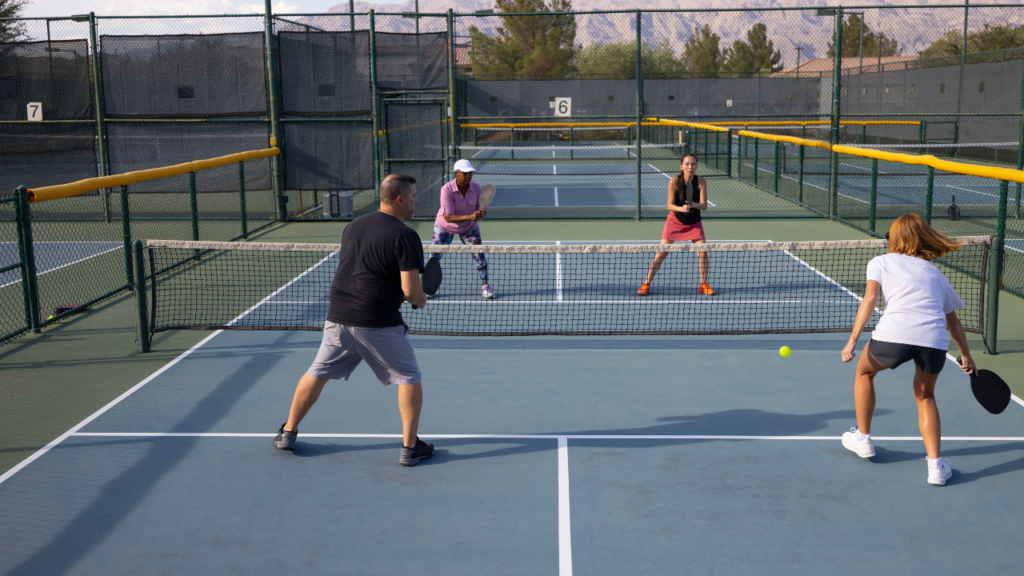
Relaxed Grip
Using a relaxed grip helps players control the ball better. Tight grips can lead to errors. A loose hold allows for smoother movements. Players should feel comfortable and confident as they prepare for the shot.
Smooth Motion
Focus on a smooth, upward motion during the third shot drop. This technique helps achieve the right height over the net. Rushing can cause mistakes. The ball should float gently into the non-volley zone. A steady hand creates better accuracy.
Visualize Target Area
Visualizing the target area is important for success. Players should imagine where they want the ball to land in the non-volley zone. This mental picture aids in aiming accurately. Aiming for specific spots increases chances of winning rallies.
Timing and Pace
Timing is crucial in pickleball. Players need to give themselves enough time to execute the shot properly. Rushing can lead to poor returns or missed shots. Finding the right pace keeps play smooth and enjoyable.
Practice with Team
Practicing with a team can enhance skills. Players can work together on their third shot drops. Learning from each other’s techniques helps improve overall game performance. Watching pros can also provide valuable insights.
Common Mistakes to Avoid
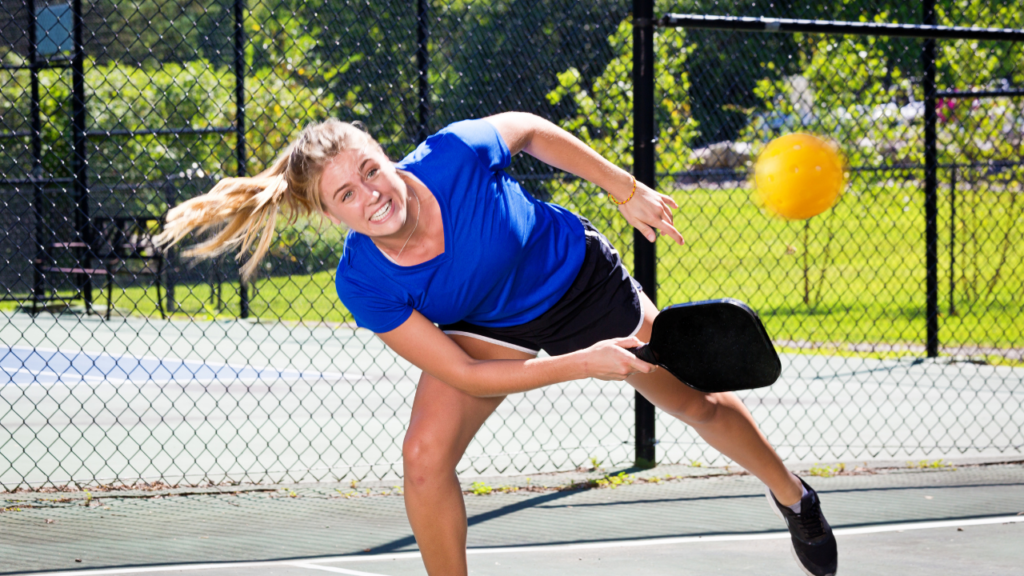
Hitting Too Hard
Players often make the mistake of hitting the ball too hard. They forget that the third shot drop needs a soft touch. A low ball is more effective in keeping opponents at the baseline. When players hit with too much force, they risk sending the ball out or into the net.
Lack of Communication
Failing to communicate with teammates can lead to problems. Players should always tell each other their intentions before hitting the ball. This helps avoid confusion and mistakes. If one player thinks another will take the shot, it may result in an easy point for the opponent. Clear communication is key.
Hitting Too High
Another common error is hitting the ball too high. A high shot gives opponents an opportunity to attack. They can smash it back aggressively. Players should aim for a lower trajectory when executing their drop shot. This keeps the ball out of reach and makes it harder for opponents to respond effectively.
The Third Shot Drive Explained
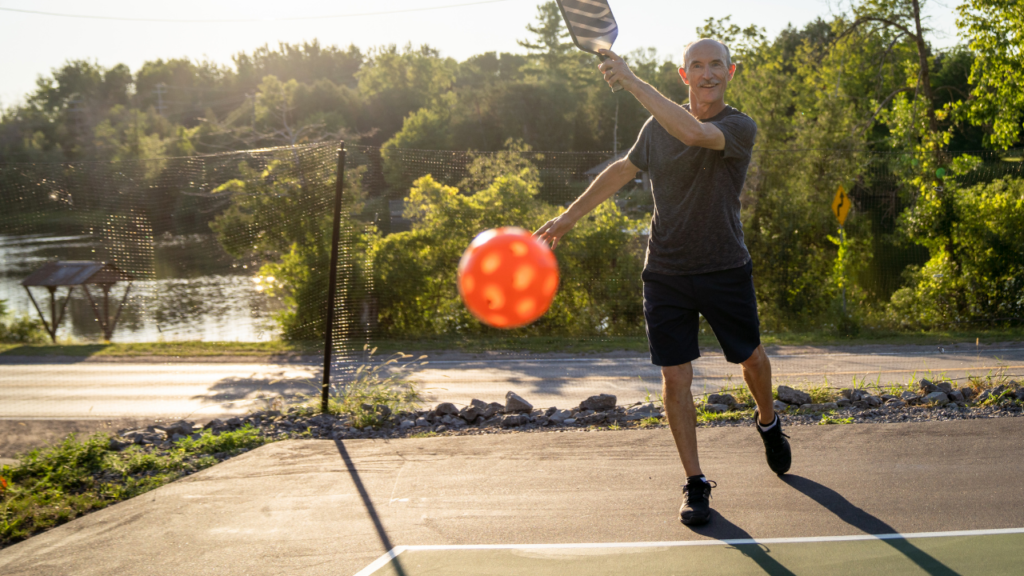
Definition
The third shot drive is a powerful shot in pickleball. Players use it to keep the ball low. This shot is often aimed at the opponent’s feet. Aiming low makes it harder for them to return.
Execution Differences
The third shot drive differs from the drop shot. With the drop, players want to gently place the ball over the net. They aim for a soft landing near the kitchen line. In contrast, the drive requires more force and speed. It aims to push opponents back and create pressure.
Pressure on Opponents
Using the third shot drive puts pressure on opponents. They must react quickly to return the ball. This quick reaction can lead to mistakes. If they misjudge the speed or angle, they might hit an error. Players often find themselves scrambling when facing a strong drive.
Understanding this shot helps players avoid common mistakes discussed earlier. Knowing when to use the drive can change the game’s pace. It can surprise opponents and give players an advantage.
Choosing Between Drop and Drive

Advantages of Drop
A drop shot can be useful when the opponent is positioned far behind the baseline. This shot makes it harder for them to reach the ball in time. Good pickleball players often use this tactic to force their opponents into a difficult position. A well-placed drop shot can create an easy put for the player who executed it.
Factors to Consider
Court conditions play a role in deciding between a drop and a drive. For example, if the court is wet, the ball may not bounce as high. This makes a drive less effective because it relies on a good bounce. Players should also consider their opponent’s positioning. If they are close to the net, a drive could give them an advantage.
Assessing Strengths
Players must know their own strengths. Some players excel at generating spin and power with drives. Others may find that they are better at executing soft drop shots. Understanding personal skills helps in making smart choices during a game.
When to Use Each Shot
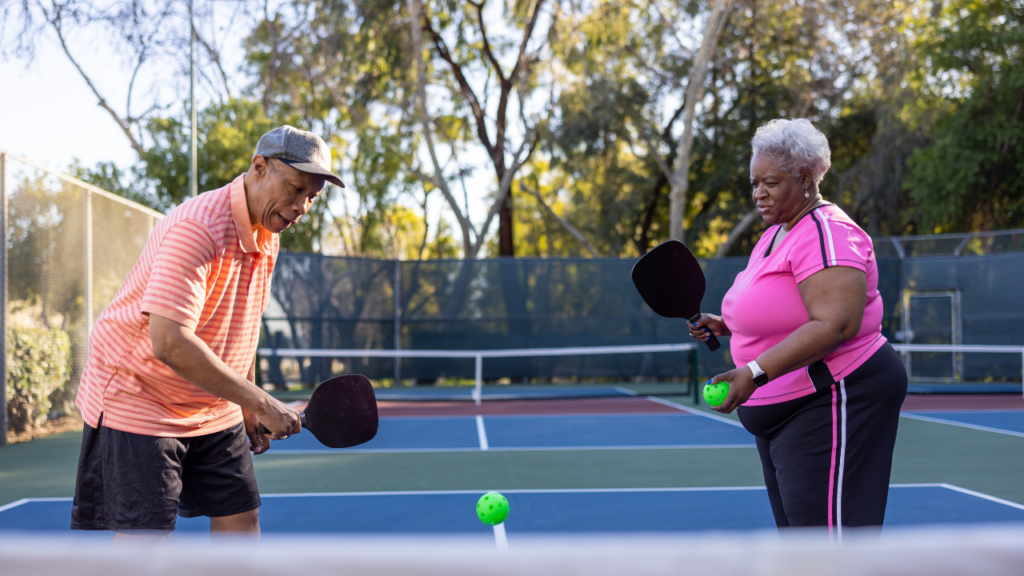
Optimal Scenarios
Players should use the third shot drop when they want to slow down the game. This shot is effective when opponents are at the net. A well-placed drop can force them to move back, giving you time to set up your next play.
Another good moment for the drop shot is after a strong serve. If the return is high, aim for a soft drop into the kitchen. This strategy keeps your opponents guessing and off balance.
Scoring Opportunities
Use the third shot drive when you see an opening. This shot can catch your opponents off guard. For example, if they are too close to the net or out of position, a hard drive can lead to easy points.
Also, consider using a drive when your opponent returns a weak shot. A quick, powerful response can put them on the defensive and create scoring chances.
Sense of Timing
Timing is key for switching between shots. Players need to read the game and react quickly. If your opponents are pushing forward, a drop shot might be best. If they are retreating or out of position, a drive could score big.
Practice helps develop this timing. Regular play allows players to recognize patterns and decide which shot to use effectively.
Closing Thoughts
Mastering the third shot drop can elevate your pickleball game. You learned its importance, how to execute it, and when to use it. Avoid common mistakes to ensure you play smarter, not harder. The right choice between drop and drive can make or break a point.
Now, put these tips into practice. Grab your paddle and hit the court! Experiment with your shots, and watch your skills soar. Keep refining your technique, and you’ll see the difference in your game. Enjoy the journey and have fun!
Frequently Asked Questions (FAQ)
The third shot drop is a strategic shot played after the serve and return. It’s designed to land softly in the opponent’s kitchen, forcing them to hit upwards, giving you better positioning.
The third shot drop helps control the game by neutralizing your opponent’s attack. It allows you to establish a strong position at the net, making it easier to win points.
To execute a third shot drop, use a relaxed grip and focus on a smooth, controlled motion. Aim for a gentle arc that lands just inside the kitchen.
Common mistakes include hitting too hard, not following through, or failing to aim correctly. These errors can lead to easy returns for your opponents.
Choose the drop when you want to regain control and set up for the next volley. Opt for the drive when you see an opportunity to attack aggressively.
Yes, beginners can learn the third shot drop with practice. Focus on technique and consistency rather than power to develop this essential skill.
Mastering the third shot drop enhances your overall gameplay. It improves court positioning, increases rally control, and boosts your confidence during matches.

